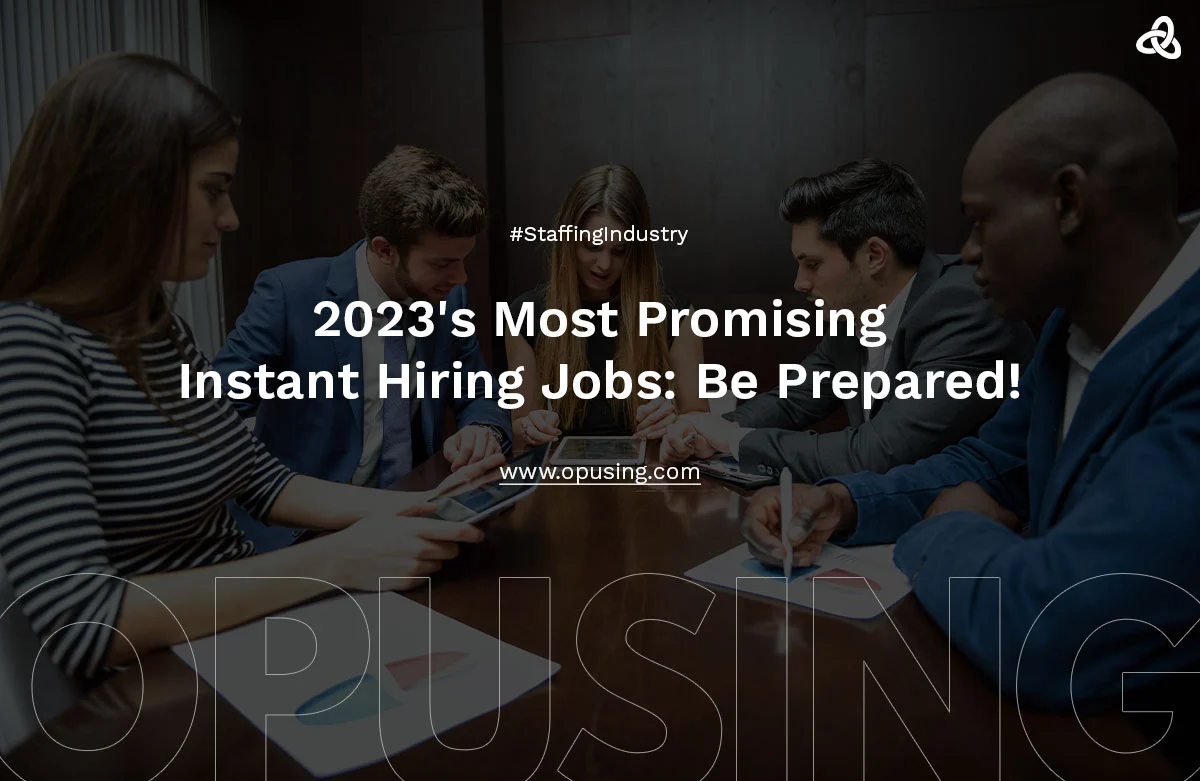Staffing Firm
Edition: 4 Ways To Make Onboarding Process Effective for Remote Employees Mukul Dixit
Mukul Dixit- October 4, 2022

Snippet: Staffing firms and IT staffing firms will confirm that changing times calls for a process revamp. Now you need to adjust to working remotely, which affects every business process, including the onboarding. That switch to remote took us all by surprise, but the time to be surprised is over – it's time to adapt.
As more businesses adopt fully remote or hybrid work arrangements, the need for remote work is only increasing. In 2021, 1 in 4 Americans will be working remotely, according to Upwork's "Future of Workforce Pulse Report." And according to the report, 36.2 million Americans will be working remotely by 2025, an 87 percent increase over pre-pandemic levels.
Since the COVID-19 outbreak, companies worldwide have started to adopt remote work, making complete virtual employee onboarding a requirement. But providing a great remote onboarding experience to both HR and employees is still a challenge for many enterprises and staffing firms.
The virtual onboarding process might be overwhelming for employers new to remote work. Additionally, getting used to the workplace culture might be considerably more difficult for new hires who solely interact with their coworkers virtually. However, creating the process isn't as challenging as it might appear.
Remote Employees?
Employers and staffing firms will need to modify their recruiting procedures because remote employment is probably here to stay. Zoom and Skype conversations will take the place of in-person interviews, and new hire onboarding will also be conducted virtually.
Before the advent of remote work, a company's onboarding procedure was crucial to integrating new hires and laying the groundwork for their success. As was previously mentioned, effective onboarding increases employee engagement, productivity, and brand loyalty.
HR managers have been at the forefront of remote-onboarding practices. They must make sure remote workers have all they need to be successful in their new positions. Stay tuned for some useful remote work tools and advice on how to make your remote onboarding friendlier, more effective, and more rewarding in the long term. We gathered some remote onboarding best practices and thought sharing what we learned would be fantastic.
Effective Onboarding Techniques for Remote Employees
Arm Remote Employees with the Essentials

The primary aim of an efficient onboarding process should be the same as it is for an in-person onboarding procedure. To introduce new hires to the firm's mission, values, and culture; make them feel welcome; introduce them to their coworkers; and provide them with the necessary training on business practices and tools.
The most efficient methods to complete these activities remotely would be to arrange one-on-one Zoom conversations, make quick tutorial films, design interactive training sessions, and greet new hires via company-wide emails, social media posts, and even virtual happy hours.
Set Up Technology
When onboarding new employees on-site, it's pretty simple to ensure they have the necessary software and hardware. However, the process gets a bit more challenging when carried out digitally.
Hardware shipping is one thing, but equipment setup and user configuration are quite another. But this difficulty may be solved by creating videos explaining how to set up hardware and software step-by-step. Then, make sure the new employee has a contact in IT who can assist them with any problems.
Prolong the Onboarding Process
Experts agree that the onboarding process should extend beyond the first few weeks of employment, with some saying it should span closer to 90 days. Since adjusting to a new role remotely is undoubtedly more complicated, the process should be extended out. While administrative tasks and training sessions could take the same amount of time as previously, integrating new remote personnel into the corporate culture will require more time.
This goal may be attained by having daily check-in calls with managers and other team members throughout the initial months.
Communicate Often

Communication with new recruits can never be too frequent in a virtual onboarding environment. It might be scary to start a new career, but it's challenging to do so when you're stuck on an island!
Set up routines for the new recruit to communicate with various business members daily and check-ins with their boss. Ask questions, gather feedback, and ensure they are fully committed to and comfortable in their new role.
Conclusion
Employee onboarding and recruiting processes still need improvement after centuries. And unless business stops being as dynamic as it is, it will not be perfected anytime soon. The same holds true for onboarding remote employees. And there are even more difficulties with it. But will you let it stop you from educating your employees and creating a comfortable working environment for them? No way!
Did you ever know that these strategies could bring success to your organization? Well, now you know the secret to having a successful business. The solution is to partner with a robust staffing agency like Opusing and watch your company soar to heights you never imagined. Your company will expand quickly, and the competitors will fall behind in no time.
Our Latest Blogs

7 Best Staffing Agencies Tips to Make Your Job Application Stand Out From the Crowd
We curated seven tips that the best staffing agencies will approve of to help your job application stand out....
Read More
Workforce Solution: Four Advantages of Converting a Temporary Staff to Permanent Employee
Hiring a temporary workforce is the most advantageous workforce solution. However....
Read More
Staffing Firm Edition: 4 Ways To Make Onboarding Process Effective for Remote Employees
Staffing firms will confirm that changing times calls for a process revamp. Now you need to adjust to....
Read More



Leave your thought here